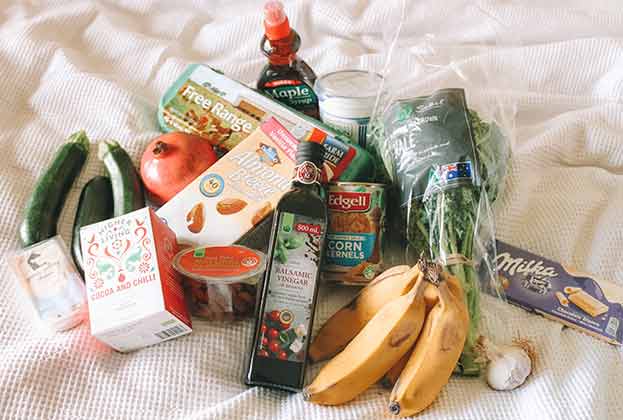Retail yields are likely to move out further in 2021, offering value add opportunities to investors
Investor allocations towards retail have been shifting for a while. We have been observing the gradual loss of retail market share, especially in the more mature retail markets, where the e-commerce penetration has already been high, namely the US and the UK in Europe. Some investors are choosing to reduce their exposure to retail and others not to increase their allocations at all, going forward. However, there will be a price point where retail real estate can become attractive again. The future of problematic retail schemes lies in redefining their tenant mix and layout, introducing new uses or repurposing them altogether. These can be costly interventions, requiring significant investment that can draw back returns. However, these may be the only ways to lead to a better performing asset in the future and save it from obsolescence. The key question is the level of repricing required in order to attract the value-add/opportunistic investors who will be prepared to turn the asset around.
Retail includes a wide spectrum of formats, from neighbourhood and city centre retail units, retail warehouses, retail parks, factory outlets to neighbourhood and regional shopping centres. Not all segments are suffering or will suffer the same from the rise of e-commerce, as still at least 80% of shopping will be taking place in physical space, when life goes back to normality. We already observe that some formats have more defensive characteristics than others, such as supermarkets. This does not mean that it will be an easy ride for grocers either. Consumer habits are changing, demonstrating that some of the current formats do not fit-for-purpose, requiring investment and innovation.
We believe that 2021 will bring some more opportunities in the market, as investors are restructuring their portfolios and retailers are seeking to raise capital through sales and leasebacks. Market activity will also offer more evidence on pricing and will create more confidence and trust between buyers and sellers. We believe that yields will continue to soften, especially for secondary assets that can offer value-add opportunities. Prime yields may also move out further, but we do not expect them to reach the last cycle’s levels, as economic activity and spending are projected to bounce back in Q2 next year, on the condition that a vaccine programme will be rolled out in the beginning of 2021.
Read the articles within Spotlight: Retail investment – Focus on Food below.
.jpg)


.jpg)